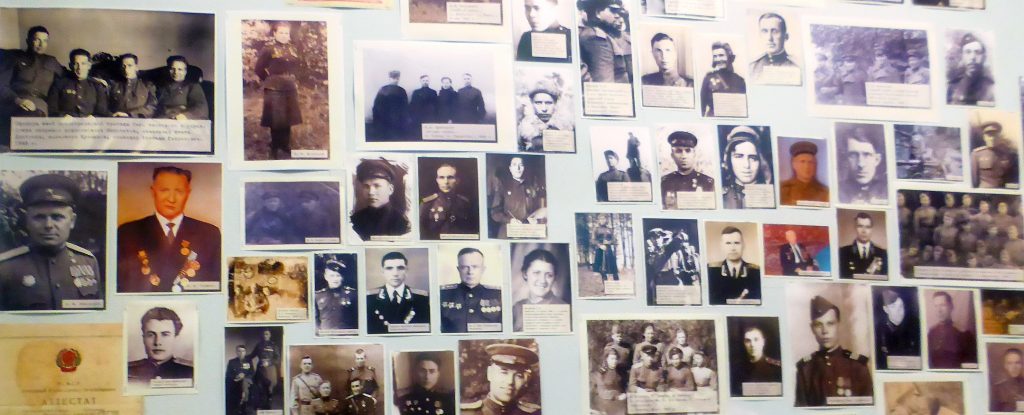Reconstruction of identity and imagination
The Jewish communities of Königsberg and Memel were exterminated in 1939-1941. While the Memel Jews fled to Lithuania before the Memelland was returned and shared the fate of the Lithuanian Jews there, the Königsberg Jews – as far as is known – were deported to Theresienstadt, Auschwitz and Minsk. After the end of the war, both northern East Prussia with Königsberg (now Kaliningrad) and Memelland with Memel (now Klaipeda) were integrated into the Soviet Union and repopulated. The civilian population still living there suffered a different fate. While the survivors from the Kaliningrad region were resettled in 1947/48 in the Soviet Zone, the administration in Klaipeda expelled the remains of the civilians there from the city to the countryside and partially deported them to Siberia.

Since 1945/46 Soviet citizens were settled in both cities. Among the first Soviet cadres were demobilized soldiers and officers of the Red Army. A large part of the decision to settle in these places was made in the knowledge that the home had been destroyed or the family had perished. Further waves of settlement followed. Especially for the port and industry, workers and executives were sought. In addition, word had spread that these areas were clearly in the political slipstream of the Stalin rulers. Even within the strongly

state-controlled migration processes in the USSR, certain tendencies of individual decisions can be traced. Jews deliberately chose Kaliningrad in the late forties and early fifties. At the end of the fifties/beginning of the sixties, however, the cities in the Baltic States were a popular place to live. From here it was easier to maintain contacts abroad, and applications for emigration had a higher chance of being granted.
The Soviet migration processes after 1945 thus led to the resettlement of Jews in Klaipeda and Kaliningrad, who for political reasons, but also due to a lack of continuity in personnel, could not form a Jewish community.
For the first time in the post-war period, Jews in Kaliningrad and Klaipeda had the opportunity to define themselves independently, to communicate as a group and to have publicity. These newly created spaces were and are of a social, cultural and communicative nature. They are the product and new creation of identifying and socio-structural elements of the region of origin and arrival. (It should be emphasized once again that the Jews, who joined together to form communities here, came from many different regions of the USSR, above all from Russia and Belarus, and that their paths of life were very different. In addition to intellectuals, former members of the military were also part of this group). Among the factors of the region of origin are memories of Jewish life before the war and of family traditions; among the elements of the region of arrival are local practices of association and minority politics. There is no doubt that intraethnic networks, both social and professional, have existed in both cities before.
On the one hand, this space is configured by local life practice, on the other hand, the strong Jewish networks (American and Israeli foundations) are constitutive for the existence of the communities.
Go to directory Places in East Prussia A-Z >>
